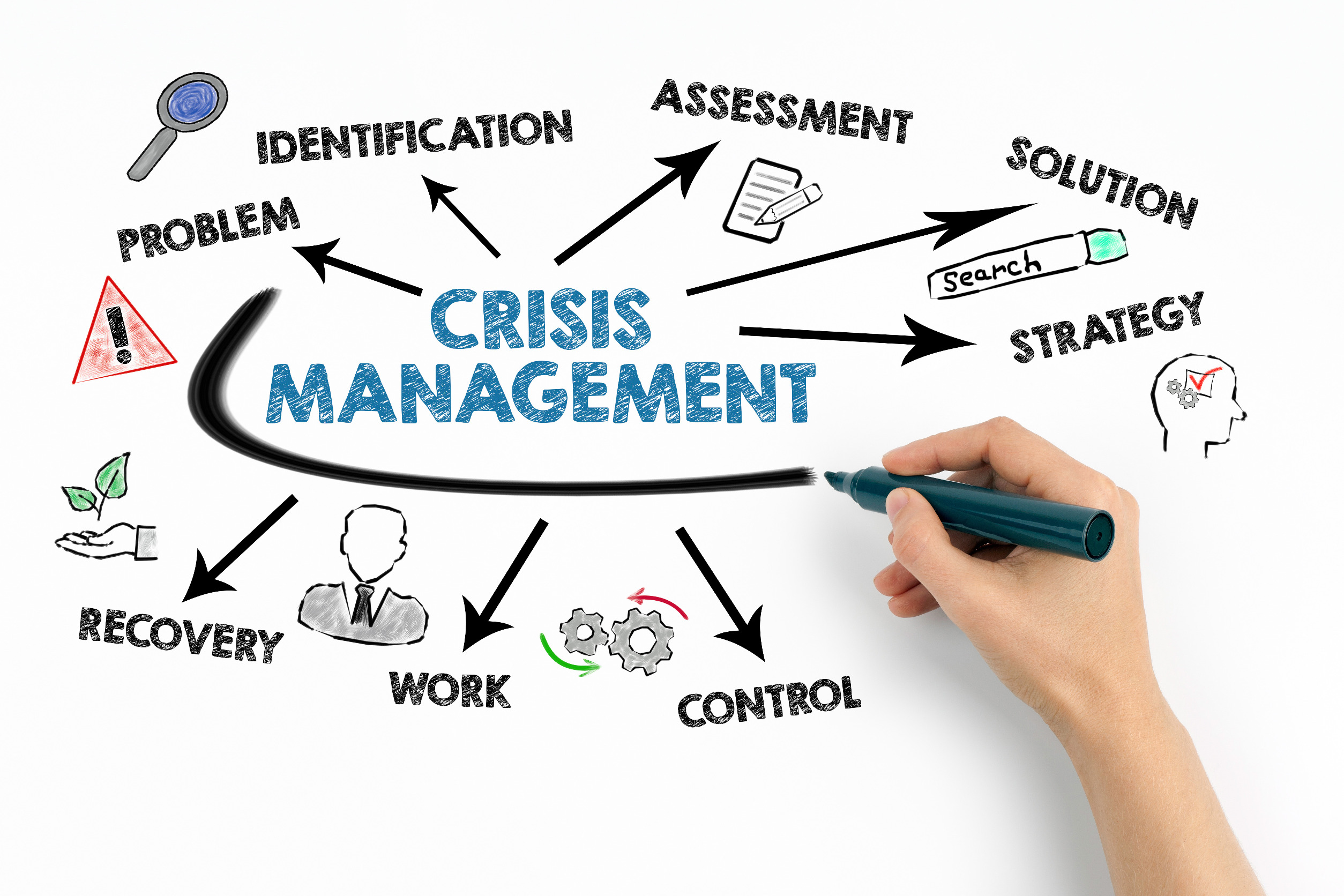Last week, I introduced Design Thinking as the mindset shift needed to successfully guide organizations through the changes caused by the wicked problems they face. This week, we look at where we need to be and, at a high level, how design thinking can get us there.
Where We Need to Be
I talked about our current state and our main challenges as a change practitioner. For so long, we tried hard to educate people around us about what we are doing. We are assigned to the so-called “change projects” late, and we are expected to do our job so correctly as if we have a magic wand!
Now, after all these struggles, there are some methods that we all put together, which might not act as a magic wand, but at least help us do the job. However, we still have the very challenge of low engagement and sponsor buy-in. Apparently, something is missing here. Something should fill this gap!
It is worth mentioning again that Design Thinking is a problem-solving approach. It helps us solve wicked problems. Previously, I talked about what a wicked problem is. If you believe your change problem is a tame one, then Design Thinking is not a proper problem-solving approach. However, if you think your change problem is complex and wicked, here is how it can help you.
We need to adopt the mindset of a Design Thinker:
- Have a beginner’s mind
- Learn from failure
- Make the idea real
- Create confidence
- Be Empathetic
- Embrace ambiguity
- Be optimistic
- Be comfortable with many iterations
To see how this mindset will help us as a change practitioner, let me first briefly explain the role of Design Thinking in different change phases:
Scoping and Preparing for Change (Change Strategy)
- Design Thinking is suitable for complex changes. Complex changes with a wicked nature often have many aspects and many roles involved. In many cases, we do not know exactly what the problem is, and we may end up answering the wrong question. This often happens because historical data and current knowledge are insufficient for change assessments such as readiness, impact, risk, resistance assessments, etc.
- Design Thinking is an empathetic process. You will empathize with leaders and decision-makers and those impacted by the change whose needs and wants are dynamic. If you can find the answer to the magic question of “what’s in it for me?” for all stakeholders, you can engage the influencers and those impacted right from the beginning.
Defining and Implementing the Change Plans and Tactics
- Design Thinking does not take the definition of the problem for granted. We tend to assume the problem is the same for everyone, impacted employees, sponsors, and stakeholders. The fact is each group defines the problem according to its own agenda and needs. Design Thinking helps us determine the right problem and define the problem correctly, which in turn enables us to craft and design our change plans, our KPIs, and measurement correctly.
- Design Thinking focuses on anticipation for success. Brainstorming sessions and any solution development process are famous for failure because we don’t brainstorm solutions for the correct problems. That’s why many solutions remain on sticky notes as ideas and do not see action at all! Design Thinking helps us put our ideas and solutions into actions and tactics.
Sustaining the Change
- Design Thinking saves time and money by avoiding large-scale change failures. Empathizing, defining problems and ideating solutions are just speculations unless we roll out our plans to a small group of stakeholders and test if they work. In Design Thinking, we validate our assumptions before we fully implement them.
- Design Thinking helps avoid change fatigue. One of the fundamental elements of Design Thinking is celebrating small wins. By rolling out small action plans and celebrating small victories, we can be resilient and agile as we respond to the pace of change and keep people energized for the following small action plans. People have time to adapt and thrive one step at a time.
In a nutshell, Design Thinking is a process of co-creating all the change practices with the stakeholders and sponsors. When you co-create, everyone has a sense of belonging and no one feels left out, so they are better able to accept the pains of change. That’s what I call engagement. That’s what we are all longing for!
Do you see why we need a new lens to take a look at our problem as a change practitioner? Do you see how our main pain-points mentioned above will be addressed? Do you see why Design Thinking is not another methodology but a fresh perspective and mindset? I lightly touched on what Design Thinking is when explaining its ‘why.’ Stay tuned for the following articles for a deeper dive into the why and what of Design Thinking, implications, and how it can help us achieve the results we need.
To your personal and professional growth,
Dr. BehNaz Gholami

























